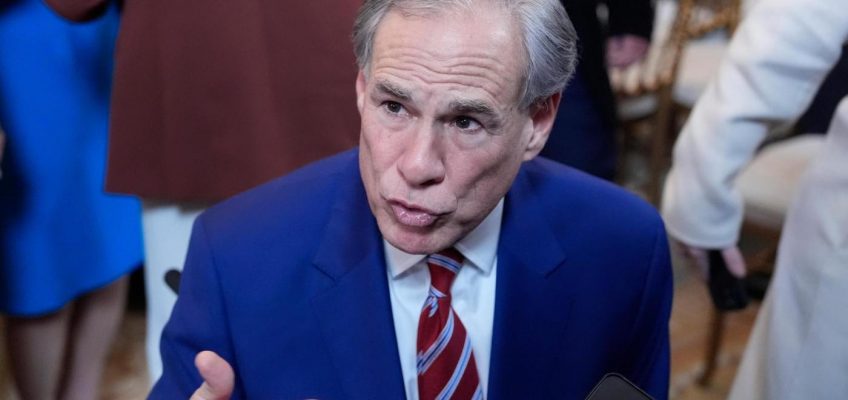By MICHAEL LIEDTKE
Google’s profits soared 50% in this year’s opening quarter, overcoming the competitive and legal threats that its internet empire is facing amid an economy roiled by a global trade war.
Related Articles
MPCA sets May 8 deadline or it may yank St. Paul foundry’s permit
Trade war and leery travelers have airlines trimming flights and withdrawing financial guidance
Average rate on a US 30-year mortgage eases to 6.81%, hovering near highest level in over two months
Data: 2025 high school grads facing $40k in college student loans
Tariff turmoil: What P&G, Pepsi and other companies are saying about tariffs
The numbers released Thursday by Google parent Alphabet Inc. indicated the company is rising to the challenge so far, but investors are likely to remain concerned about the turbulent times ahead.
The Mountain View, California, company earned $34.5 billion, or $2.81 per share, during the January-March period, up from $23.7 billion, or $1.89 per share, at the same time last year. Revenue rose 12% from last year to $90.2 billion. The results easily exceeded analysts’ projections, according to FactSet Research.
“We continued to see healthy growth and momentum across the business,” Alphabet CEO Sundar Pichai told analysts Thursday during a conference call.
Alphabet’s stock gained more than 4% in extended trading after the numbers came out. The shares had fallen by 16% since the end of last year.
Google’s first-quarter performance illustrated the continuing power of its long-dominant search engine in a sea of uncertainty. While grappling with competitive threats emerging as artificial intelligence reshapes technology, Google is also battling court decisions condemning its search engine and digital ad network as illegal monopolies.
The AI-driven upheaval has opened new opportunities for people to find helpful advice, insights and information through more conversational search options from the likes of OpenAI and Perplexity.
Google’s long-dominant search engine is countering the new competition with a feature called AI Overviews that appear above web links in its results. It is also testing a conversational tool called AI Mode that would usher in an even more radical change to its business model.
“The company delivered a sound response to those questioning the solidity of the search business amid ever-increasing AI demand,” Investing.com analyst Thomas Monteiro said.
But Google is trying to keep its business intact as by the U.S. Justice Department attempts to break up the company and impose other restraints after a federal judge last year branded its search engine an illegal monopoly. To make matters worse, its digital ad network also was found to be illegally abusing its power earlier this month in another case brought by the Justice Department.
President Donald Trump’s trade war has injected more uncertainty into the mix by rattling the financial markets amid fears the tariffs will reignite inflation while dragging the economy into a recession. Although Google’s digital services aren’t directly impacted by the tariffs, a recession would likely curtail the spending on ads that generate most of Alphabet’s revenue.
But there were few signs of a slowdown in the past quarter. Google’s ad revenue during the period totaled $66.9 billion, an 8% increase from the same time a year ago.
Although Google’s executives are mostly upbeat during Thursday’s call, they also acknowledged conditions should the trade war trigger a recession.
“We are obviously not immune to the macro environment,” said Philipp Schindler, Alphabet’s chief business officer.
The past quarter’s steady growth emboldened Alphabet to stand firm on plans to invest $75 billion on AI and other technologies this year while also pursuing approval of a $32 billion deal to buy cybersecurity firm Wiz.
This story has been corrected to reflect Alphabet’s first-quarter profit increased 50% from the same time last year, or $2.81 per share, and that its revenue for the January-March period totaled $90.2 billion. The story also has been corrected to reflect Google’s ad revenue for the first quarter totaled $66.9 billion, an 8% increase from a year ago. An earlier version reported the incorrect dollar amounts and percentage change.




